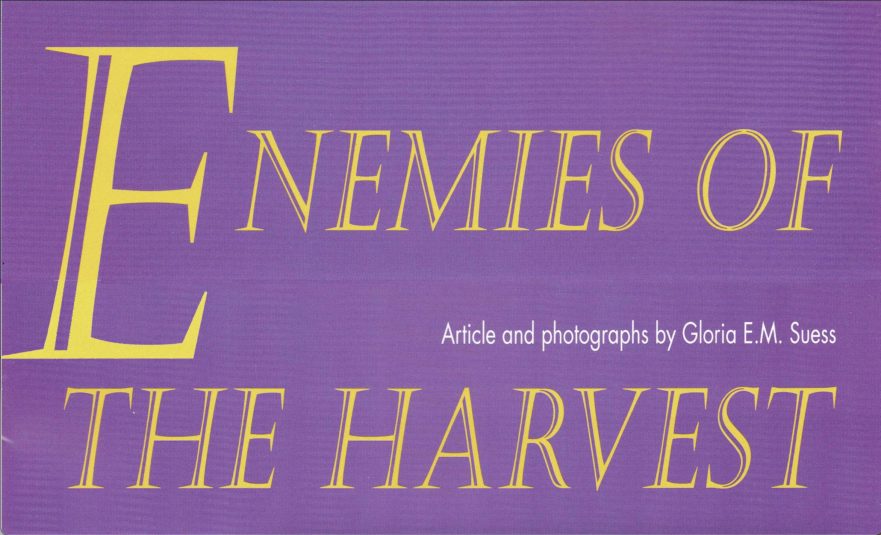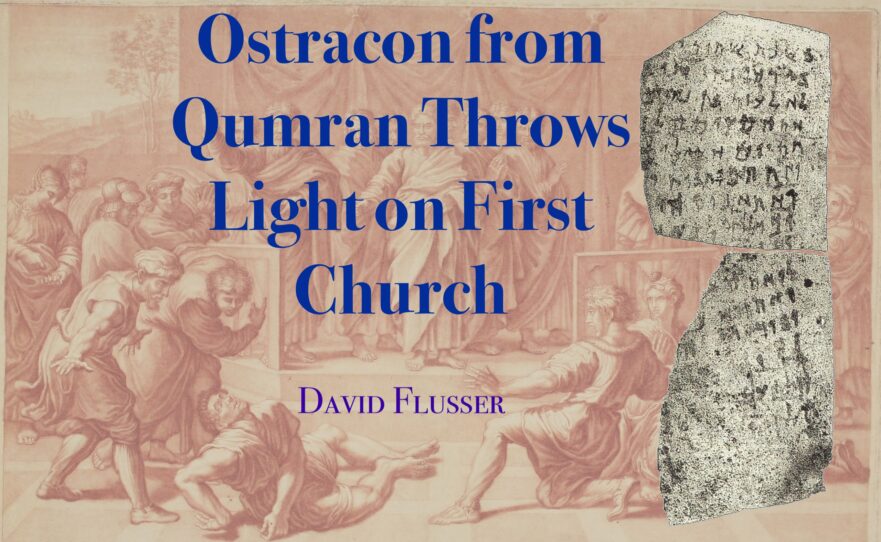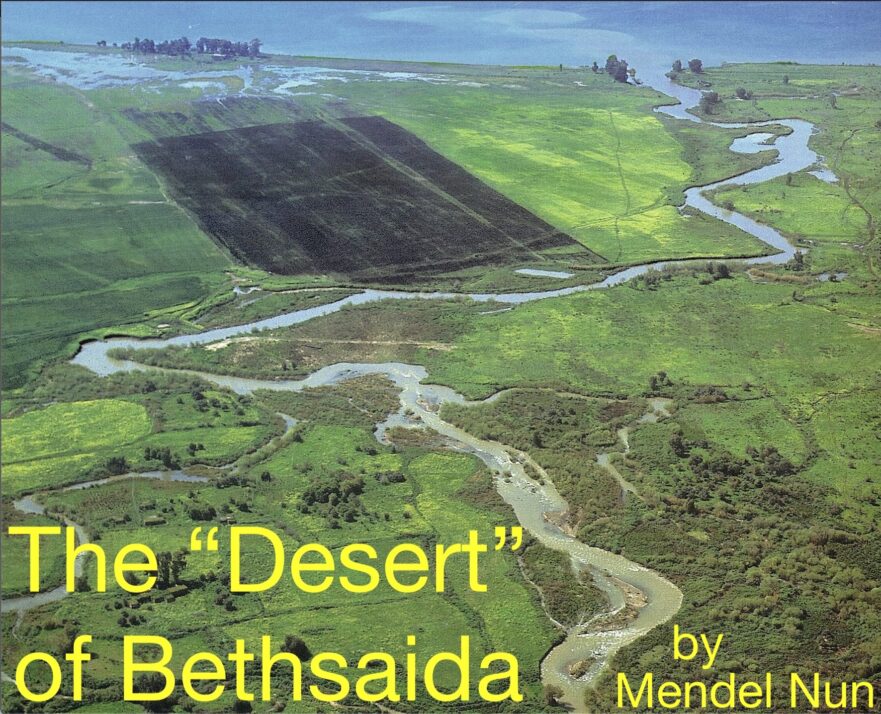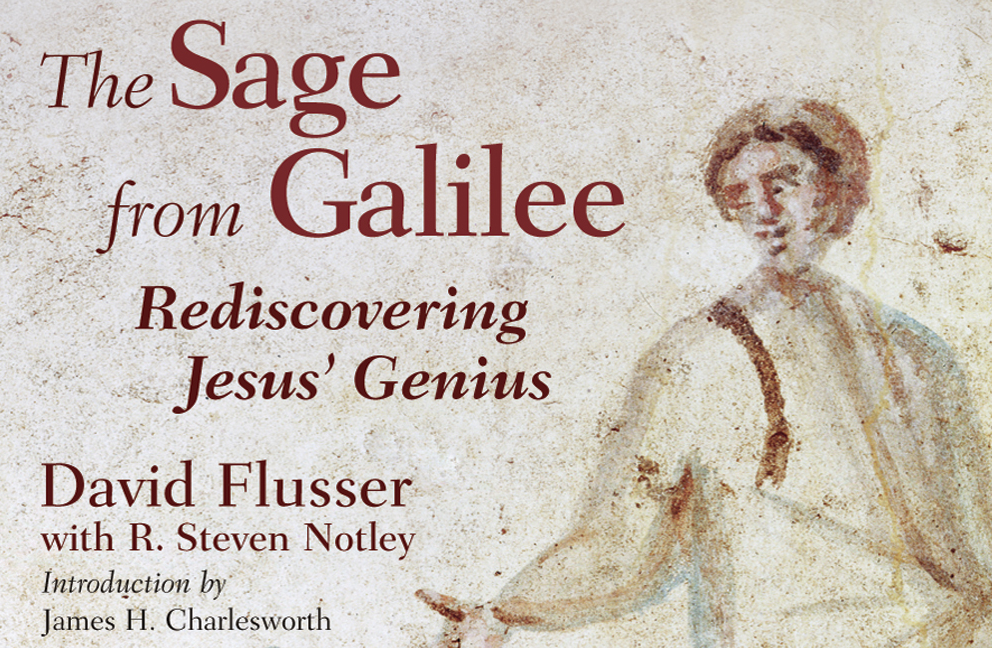The Sage from Galilee is Flusser’s biography of Jesus (written in collaboration with Flusser’s student, R. Steven Notley).
Enemies of the Harvest

In his famous Parable of the Sower, Jesus referred to seed sown in soil that was full of thistles. What did these thistles look like, and how did they succeed in choking the grain plants?
Is there apostolic authority and authorship of New Testament Scriptures?

It seems to me that the governing thesis of the Jerusalem School, i.e., that the authentic teachings of Jesus must be “reconstructed” from our existing Gospels, contradicts this principle of apostolic authority.
Mark’s Account of the Cleansing of the Temple: Literary Device or Historical Fact?

Do the Gospels together comprise an accurate, factual account of what Jesus said and did, so that although they give us different views of the same facts, they are all equally correct? Or, are they only partly a factual account, thus requiring us to tease out the historical facts from the literary glosses of later editors?
Ostracon from Qumran Throws Light on First Church

An inscribed potsherd discovered at Qumran provides an amazing parallel to a practice of Jesus’ first community of followers. According to the Book of Acts, members of that community sold their possessions and distributed the proceeds according to individual need.
The “Desert” of Bethsaida

By analyzing the meaning of the word translated “desert,” the topography at the Feeding of the Five Thousand can be clarified.

